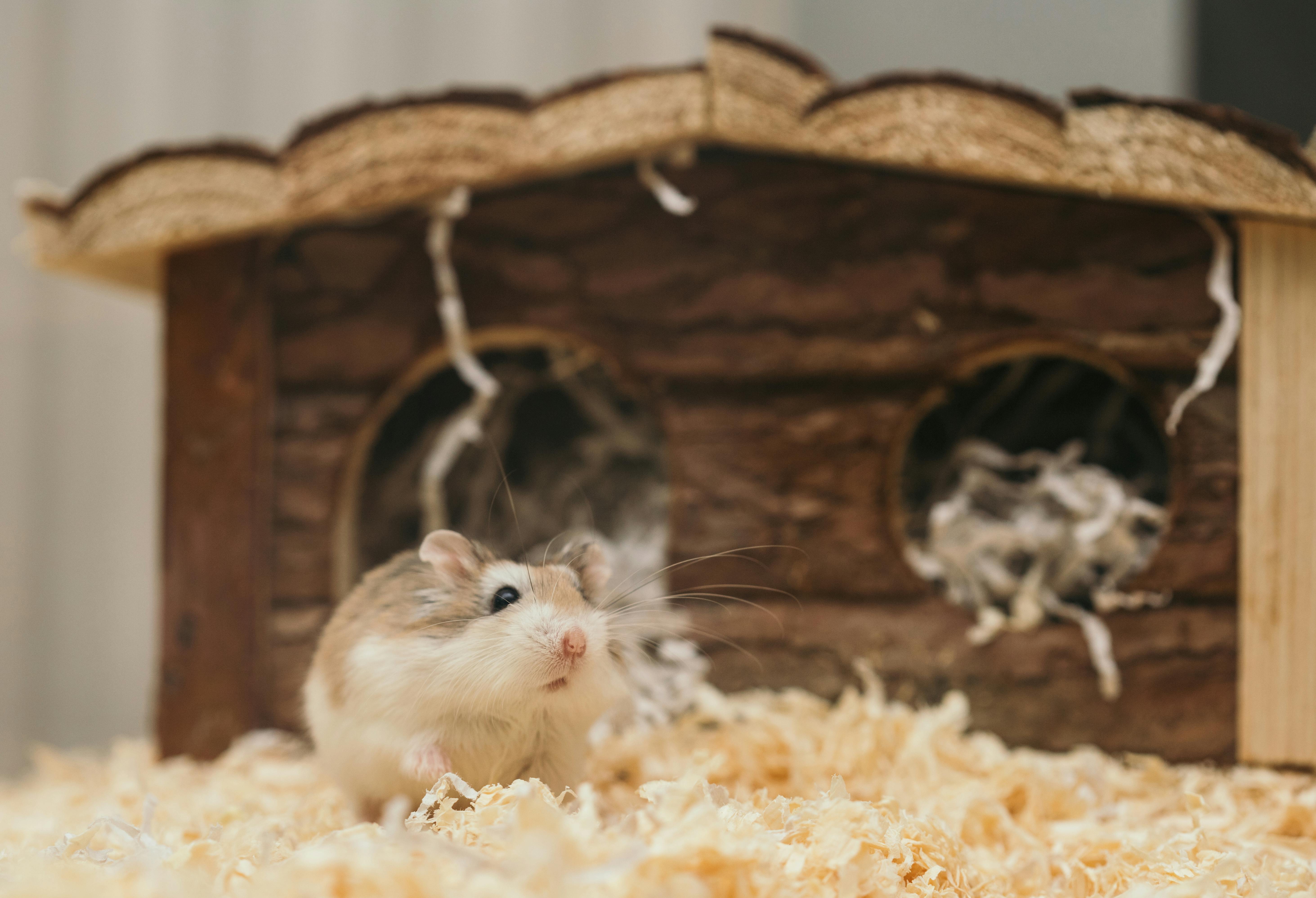Choosing the Right Cage for Your Rodent

Choosing the Right Cage for Your Rodent
When it comes to taking care of small pets like rodents, one of the first and most important decisions you'll make is choosing the right cage. A comfortable, spacious, and stimulating environment is vital for their health and well-being. This guide will help you select the best cage that suits the specific needs of your furry friend, whether you have a guinea pig, hamster, mouse, or any other rodent.
Understanding the Needs of Your Rodent
rodents are active and curious creatures that require sufficient space to explore and engage in natural behaviors. The size and type of the cage depend largely on the type of rodent you own. For instance, hamsters need different cage setups compared to guinea pigs or rats. Therefore, before purchasing, consider the specific needs of your pet based on its species.
Size Matters
The cage size is crucial for the health and happiness of your rodent. A cage that's too small can lead to stress, obesity, and other health issues. As a general rule, bigger is usually better. Make sure the cage provides ample room for movement, toys, and exercise equipment. For example, guinea pigs require a minimum of 7.5 square feet of cage space, while hamsters need at least 2 square feet.
Bar Spacing and Security
Another essential aspect to consider is the spacing between the bars of the cage. This spacing should be narrow enough to prevent your rodent from escaping and safe enough to protect them from getting stuck or injured. Typically, small rodents like mice and dwarf hamsters require a bar spacing of no more than 0.25 inches, while larger rodents such as rats can have up to 0.5 inches.
Material and Durability
The material of the cage impacts both its durability and ease of cleaning. Plastic cages can be lightweight and easy to clean but might not be as durable as metal cages. On the other hand, metal cages are usually sturdier and offer better airflow, which is particularly important for rodents that are sensitive to heat and humidity.
Design and Accessibility
Cage design can vary significantly, and each design has its pros and cons. Some cages come with multiple levels and connecting tubes that can be great for exercise but can be challenging to clean. Flat, single-level cages might be easier to maintain but could limit the physical activity of your pet. Consider a cage that provides a good balance between complexity and ease of hygiene. Also, ensure it has large doors for easy access to reach your pet and clean the enclosure.
Additional Features
Many modern cages come equipped with extra features such as platforms, ramps, hideouts, and chew toys. These additions can significantly enrich the life of your rodent, offering mental and physical stimulation. If your chosen cage doesn’t come with such features, consider how you can customize it by adding safe toys and accessories.
Conclusion
Choosing the correct cage for your rodent involves assessing various factors, including size, material, design, bar spacing, and additional features. By considering the specific needs of your rodent species and the practicalities of maintaining the cage, you can provide a healthy and enjoyable environment for your pet. Remember, the right cage is not just a shelter; it’s a home where your rodent will spend most of its life.